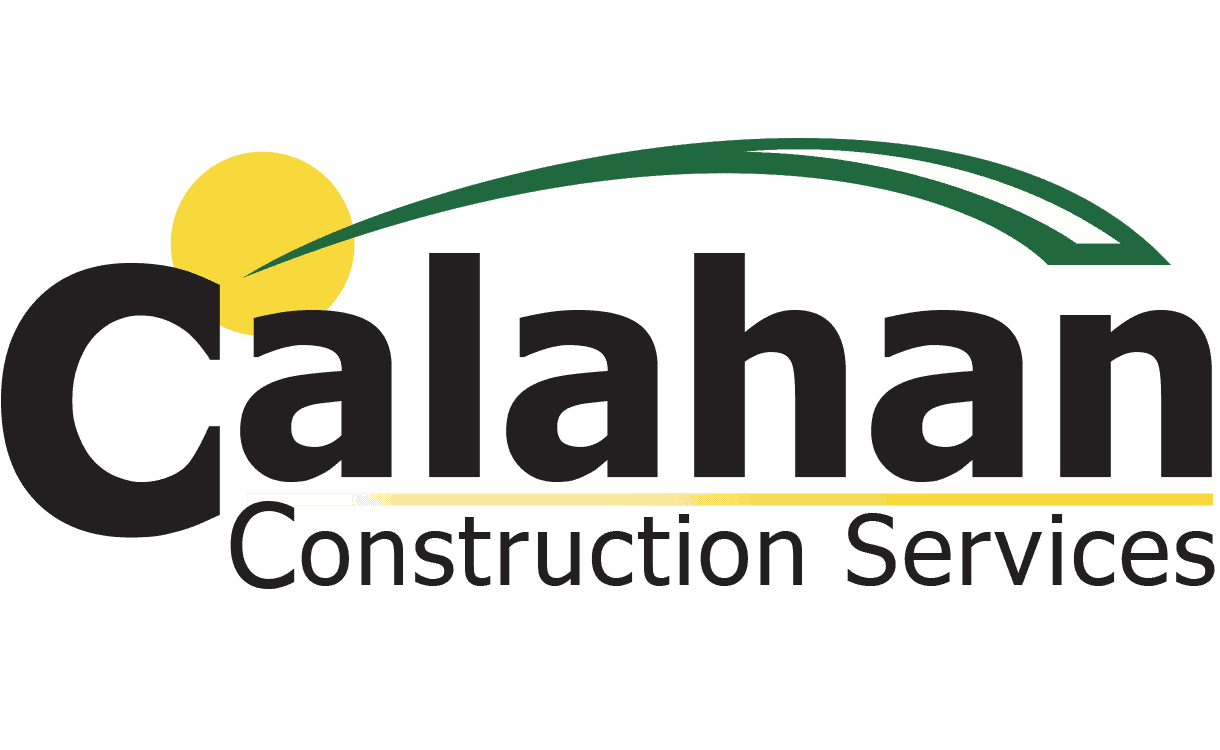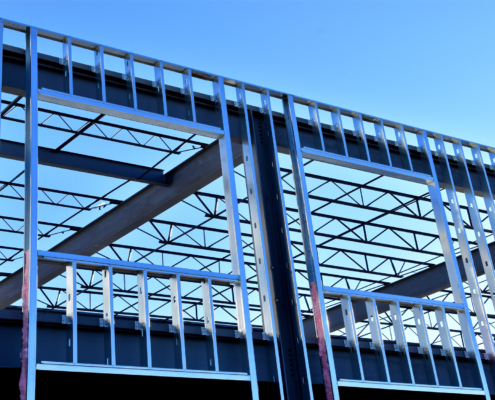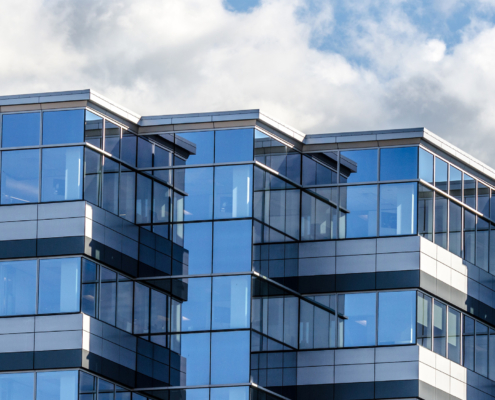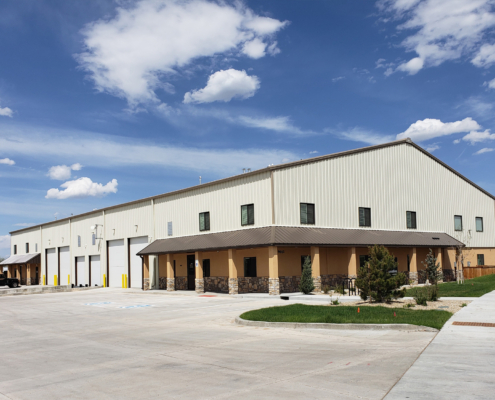Every commercial construction project is governed by a framework of rules designed to ensure safety, function, and legality. These are known as commercial building codes, and they apply to every phase of a commercial building addition—from design and materials to permitting and final inspection.
At their core, building codes exist to protect people and property. Whether you’re planning to add office space, update your warehouse, or expand your retail space, these regulations determine how the work must be done.
What makes commercial building codes especially important is that they vary by jurisdiction and often change over time. That means what was compliant five years ago may no longer meet today’s standards. There are three main levels of building codes you’ll need to be aware of:
- Local codes, which often reflect the specific priorities or environmental risks of a city or county (such as storm drainage or historic district requirements).
- State codes, which set broader safety and construction standards across regions, including fire safety and accessibility.
- Federal codes, such as the Americans with Disabilities Act (ADA), which ensure nationwide compliance with accessibility and civil rights standards.
Each of these levels can affect your addition in different ways. For example, a local fire marshal may require changes to your sprinkler layout, while federal accessibility rules might impact how doorways or ramps are designed. The earlier these requirements are understood, the more efficiently you can plan around them.
In short, building codes aren’t just legal checkboxes—they’re a critical part of building smarter, safer, and more resilient commercial spaces. Understanding them from day one gives your project a strong foundation and helps you avoid delays, redesigns, or costly violations.












